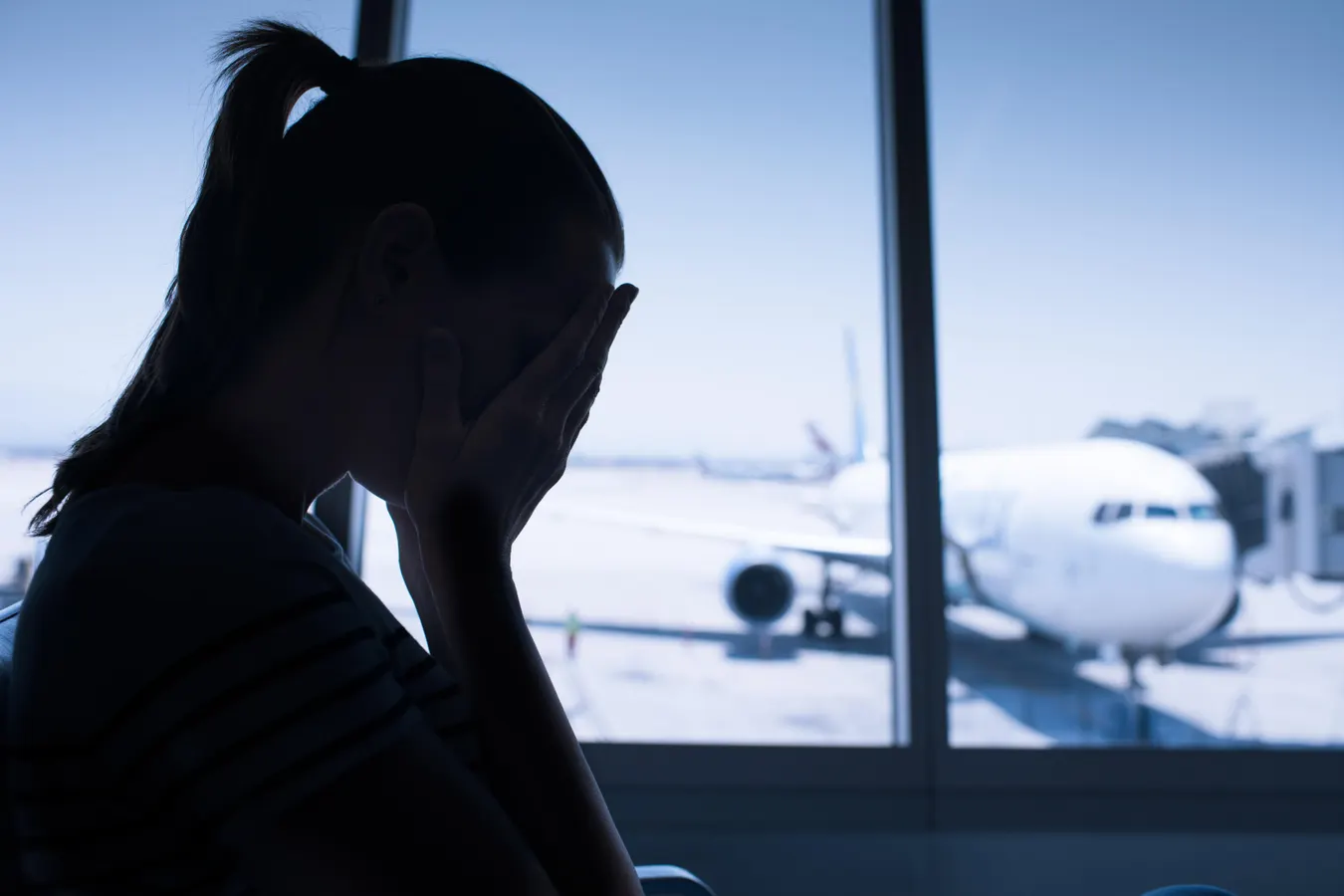Traveling has long been romanticized as an avenue to explore new cultures, meet diverse people, and create unforgettable memories. From the scenic landscapes of New Zealand to the bustling streets of Tokyo, travel opens doors to a world of experiences. However, beneath this picturesque surface lies a darker side that often goes unnoticed or unacknowledged.
The Environmental Impact
One of the most significant adverse effects of travel is its environmental footprint. The aviation industry alone contributes to a substantial percentage of global carbon emissions. According to the International Air Transport Association (IATA), aviation accounts for approximately 2-3% of global CO2 emissions. The rapid increase in air travel exacerbates climate change, impacting ecosystems and biodiversity. Popular tourist destinations face severe environmental degradation, from coral bleaching in the Great Barrier Reef to deforestation in the Amazon.
Over-tourism and Its Consequences
Over-tourism is another pressing issue, where the influx of tourists exceeds the carrying capacity of a destination. Cities like Venice, Barcelona, and Dubrovnik grapple with overcrowding, which strains local resources, disrupts residents’ daily lives, and erodes cultural heritage. Historical sites and natural wonders suffer from the sheer volume of visitors, leading to damage and the need for costly restorations. This phenomenon often drives locals out of their neighborhoods due to rising living costs and commercialization, transforming vibrant communities into tourist-centric zones devoid of authenticity.
Economic Disparities
While tourism can boost local economies, it can also create significant economic disparities. In many developing countries, the profits from tourism often go to multinational corporations rather than local communities. All-inclusive resorts, cruise lines, and international hotel chains siphon off revenue that could otherwise support local businesses. Additionally, the influx of tourists can drive up prices for goods and services, making it difficult for locals to afford their cities.
Cultural Erosion
Travel can lead to cultural erosion, where traditional customs and practices are overshadowed by the demands of tourists. In an attempt to cater to visitors, local cultures may be commodified and altered, losing their authenticity. This is evident in the commercialization of indigenous rituals, festivals, and crafts. The pressure to present a marketable image can dilute the rich cultural tapestry of a destination, reducing it to a series of superficial experiences designed for tourist consumption.
Exploitation and Ethical Concerns
The dark side of travel also includes the exploitation of people and animals. In some tourist destinations, locals are subjected to poor working conditions, low wages, and limited job security. The demand for cheap labor to support the tourism industry can lead to unethical practices, including child labor and human trafficking. Furthermore, animal exploitation is rampant in tourism, with activities like elephant rides, dolphin shows, and tiger petting often involving cruel treatment and captivity of animals.
Health Risks and Safety Concerns
Traveling can pose health risks, both to tourists and local populations. The spread of infectious diseases is a significant concern, as seen during the COVID-19 pandemic. Tourists can inadvertently introduce new diseases to destinations with limited healthcare infrastructure, leading to outbreaks and strain on local health services. Safety concerns also arise, particularly in politically unstable regions or areas with high crime rates. Tourists may fall victim to scams, theft, or violence, highlighting the importance of being vigilant and informed.
Sustainable Travel: A Ray of Hope
Despite these challenges, there is hope for a more sustainable and responsible approach to travel. Increasing awareness about the dark side of travel has led to the rise of eco-tourism and responsible travel practices. Sustainable travel emphasizes minimizing environmental impact, supporting local economies, and respecting cultural heritage. Travelers are encouraged to choose eco-friendly accommodations, support local businesses, and engage in ethical wildlife tourism. By adopting these practices, tourists can contribute to the well-being of the destinations they visit.
Conclusion
While travel offers numerous benefits, it is crucial to recognize and address its darker aspects. The environmental impact, over-tourism, economic disparities, cultural erosion, exploitation, and health risks associated with travel cannot be ignored. By promoting sustainable travel practices and making conscious choices, we can mitigate these negative effects and ensure that the world remains a vibrant and diverse place for future generations to explore and cherish.

